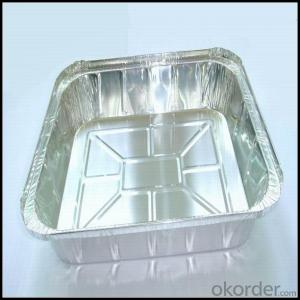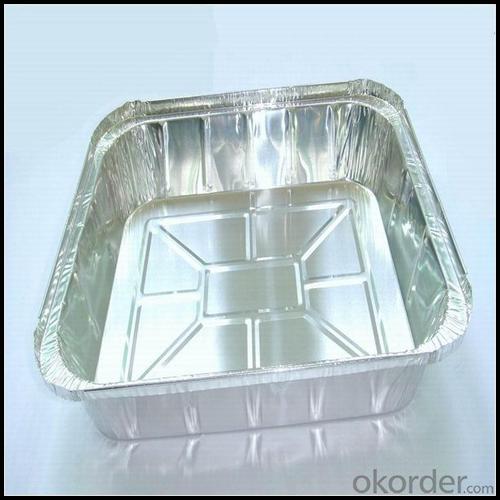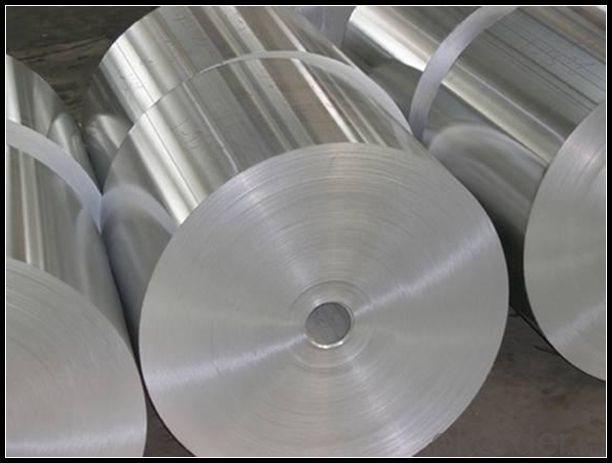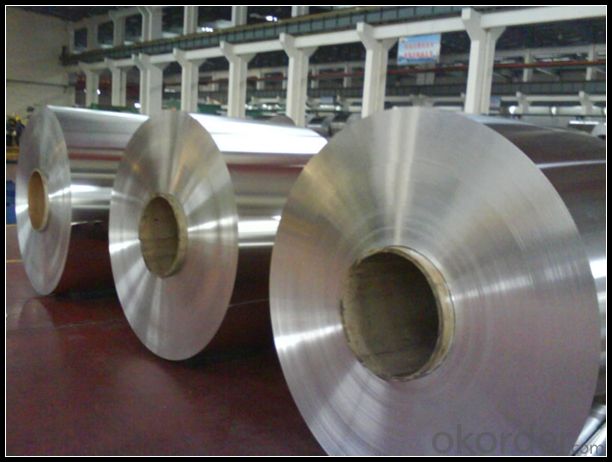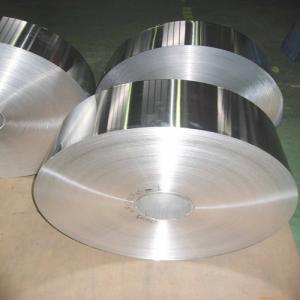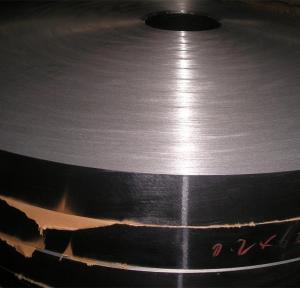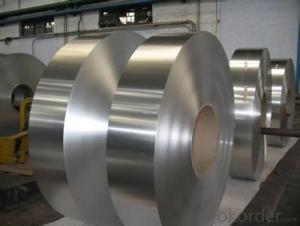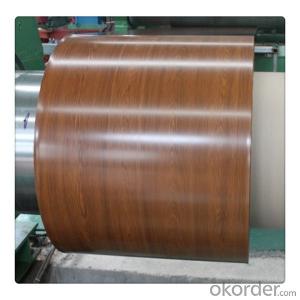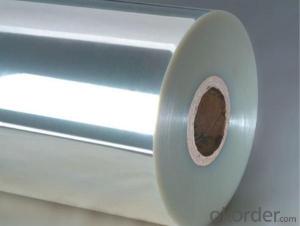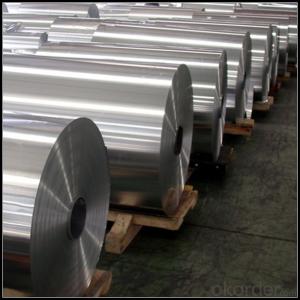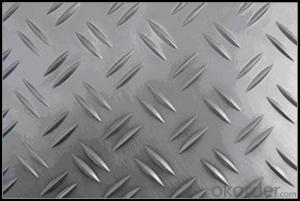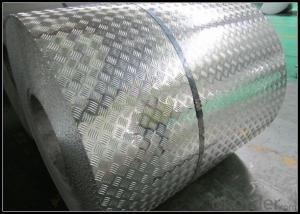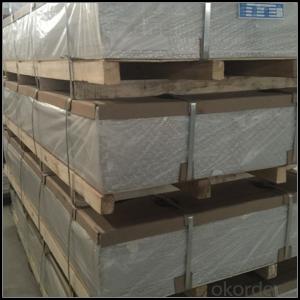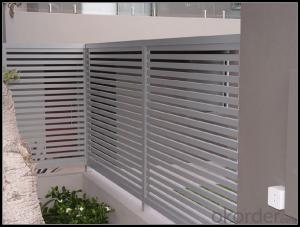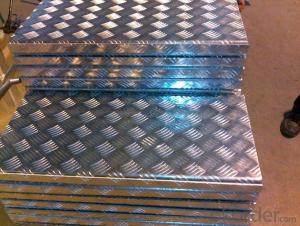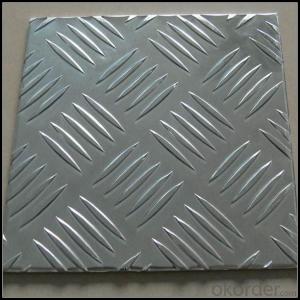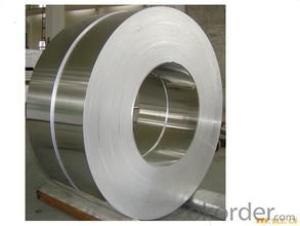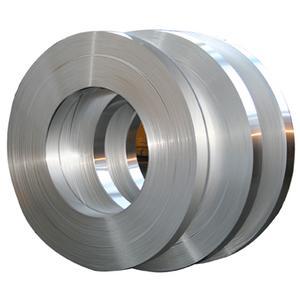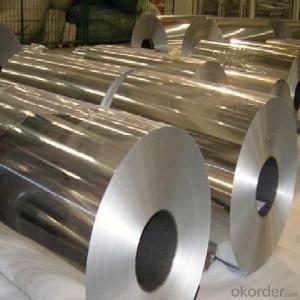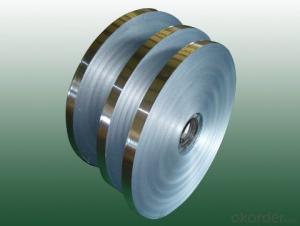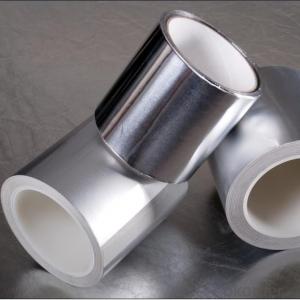Aluminum Strips Menards - AA 3004, 3105, 5006, 5052, 8011 Color Coated Aluminium Sheet for Trailers
- Loading Port:
- Tianjin
- Payment Terms:
- TT or LC
- Min Order Qty:
- 1 m.t.
- Supply Capability:
- 4999 m.t./month
OKorder Service Pledge
OKorder Financial Service
You Might Also Like
Specification
1. Specification of Aluminum
1) Alloy | 1050, 1060,1100, 3003 3004 3105 3005 5005 5052 etc |
2) Temper | O/H12/H14/H1/H18/H32/H34/H36/H38//H111/H112/H116/H321/T6/T651/T3/T351 etc |
3) Thickness | 0.1mm to 6mm |
4) Width | 20mm to 3300mm |
5) Coil weight | 100kgs to 6 tons depends on actual requirement |
6) Core material | Aluminum alloy |
7) Coil Inner diameter | 76mm, 152mm,or as required |
2. Application of Aluminum
1) Alloy : 1050 1060 1070 1100 2024 3003 3004 3105 3A21 5005 5052 5083 5754 5182 5454 5456 6061 6063 7075 8011 etc
2)Temper: O/H12/H14/H1/H18/H32/H34/H36/H38//H111/H112/H116/H321/T6/T651/T3/T351 etc
3) Thickness: 0.18mm to 350mm
4) Width: 200mm to 2300mm
5)Length: no more than 12000mm
6) Protective film can be added
7) Production Line: DC and CC production line
3. Feature of Aluminum
Aluminium is almost always alloyed, which markedly improves its mechanical properties, especially when tempered. For example, the common aluminium foils and beverage cans are alloys of 92% to 99% aluminium. The main alloying agents are copper, zinc, magnesium, manganese, and silicon (e.g., duralumin) and the levels of these other metals are in the range of a few percent by weight.
4. Certificate:
SGS and ROHS(if client request, paid by client), MTC(plant provided), Certificate of Origin(FORM A, FORM E, CO), Bureau Veritas and SGS (if client request, paid by client), CIQS certificate
5. Image of Aluminum
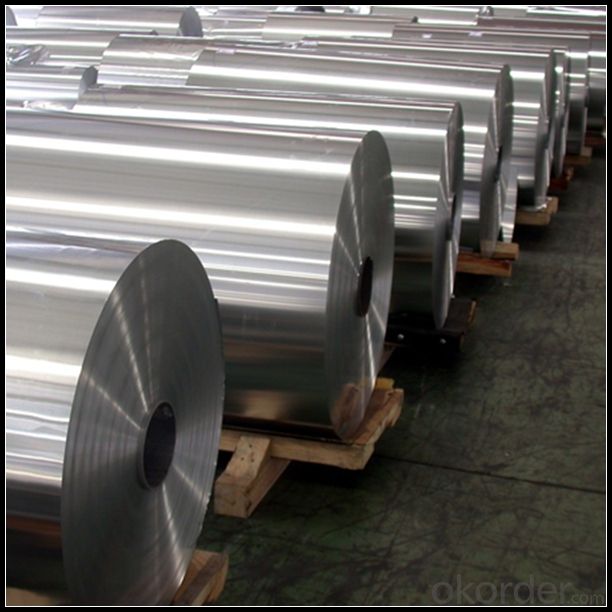
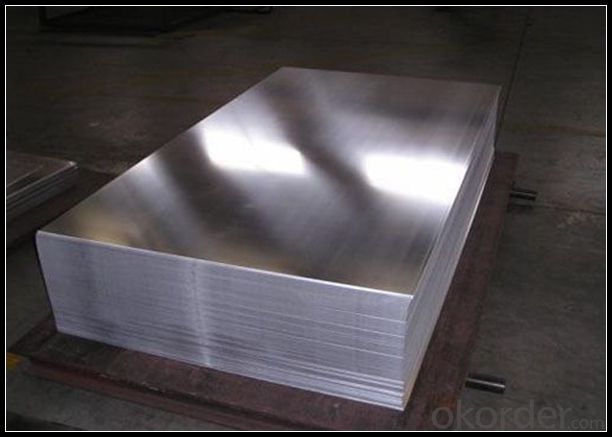
6. Our Service
1. Reply your enquiry in 24 working hours. |
2. OEM, buyer design, buyer label services provided. |
3. Exclusive and unique solution can be provide to our customer by our well traned and professional engineers and staffs. |
4. We can provide free sample for your check |
5. We have the certification of ISO 9001 |
6. Timely delivery |
7. Special discount and protection of sales area provided to our distributor. |
8. Good after-sale service. |
7. FAQ
Q: What is the produce prase? | ||||
A: Normally it would be 40days after received your deposit. | ||||
Q: Can you provide free samples? | ||||
A: Yes, free samples will be sent to you on freight at destination. | ||||
Q: Can I get your latest catalogue? | ||||
A: Yes, it will be sent to you in no time. | ||||
Q: What is the MOQ? | ||||
A: 3 tons | ||||
Q: What are your payment terms? | ||||
A: We accept L/C, D/A, D/P, T/T, West Union,etc. |
- Q: This question asks for a comparison of the cost of aluminum strips with other materials.
- <p>The cost of aluminum strips compared to other materials can vary significantly depending on the specific material being compared. Generally, aluminum is considered an economical choice due to its low cost, availability, and recyclability. It is less expensive than many metals such as stainless steel, copper, and titanium. However, when compared to plastics or some composite materials, aluminum might be more costly. The cost also depends on factors like the current market price of aluminum, the thickness and width of the strip, and the quality of the aluminum. For precise cost comparisons, it's best to consult current market prices and specific product specifications.</p>
- Q: This question seeks to understand the distinctions between aluminum and copper as materials used for siding in construction.
- <p>Aluminum and copper siding differ in several ways. Aluminum is lightweight, corrosion-resistant, and requires minimal maintenance, making it a popular choice for durability and low cost. It is also available in a variety of colors and finishes. Copper, on the other hand, is heavier and more expensive, but it develops a natural patina over time, which can add a unique aesthetic appeal. Copper is also highly durable and recyclable, and it does not require painting. However, it is more prone to denting and can be more challenging to install. In terms of thermal performance, copper conducts heat better than aluminum, which can be an advantage in certain climates.</p>
- Q: This question asks about the strength or durability of aluminum strips, which are commonly used in various industries.
- <p>Aluminum strips are known for their strength-to-weight ratio, offering a high level of strength relative to their weight. They can withstand significant tensile loads and are highly resistant to corrosion. The exact strength of an aluminum strip depends on its alloy composition, thickness, and temper. For instance, 6061-T6 aluminum, a common alloy, has a yield strength of approximately 276 MPa (40,000 psi) and a tensile strength of around 310 MPa (45,000 psi). Aluminum strips are also ductile, allowing them to be bent and shaped without breaking. Their strength makes them suitable for applications in construction, transportation, and aerospace industries.</p>
- Q: Would you like to buy a sensor for measuring the thickness of aluminum ribbon?
- The thickness of the measuring aluminum sensor usually can use ZTMS08, there is still true
- Q: The question asks if it's possible to use various adhesives or fasteners for installing different kinds of aluminum strips.
- <p>Yes, you can use different types of adhesives or fasteners to install different types of aluminum strips. The choice depends on the application, the weight of the strip, and the surface it's being attached to. For lightweight strips and smooth surfaces, adhesives like double-sided tape or construction adhesive can be effective. For heavier strips or where a more permanent solution is needed, mechanical fasteners such as screws or rivets might be more appropriate. Always consider the strip's weight, the surface material, and the desired longevity of the installation when selecting the type of adhesive or fastener.</p>
- Q: Is it possible to use recycled adhesive to attach aluminum strips?
- <p>Using recycled adhesive to install aluminum strips is generally not recommended. Recycled adhesive may have reduced adhesive properties due to previous use, which could compromise the bond's strength and durability. It's crucial to use a new adhesive specifically designed for the material and application to ensure a secure and long-lasting installation. Always follow the manufacturer's guidelines for the best results.</p>
- Q: This question asks about the ease of installation for aluminum strips.
- <p>Aluminum strips are generally easy to install. They are lightweight and can be cut to size with basic tools. Installation usually involves peeling off a protective backing and adhering the strip to a clean, dry surface. For best results, it's important to ensure the surface is free of dust and grease. Some types of aluminum strips may require additional fasteners or adhesive for a secure fit, but overall, the process is straightforward and can be done by most DIYers with a little patience and attention to detail.</p>
- Q: The question asks if it's possible to use aluminum strips as flooring material in kitchen or bathroom areas.
- <p>Aluminum strips can be used for flooring in kitchens and bathrooms, but they are not the most common choice. They are known for their durability, resistance to moisture, and ease of cleaning, which are desirable traits for these areas. However, they can be slippery when wet, making them a less safe option for bathrooms. They also lack the warmth and comfort of other flooring materials, like tiles or wood. For kitchens, aluminum strips can be a good option for their low maintenance and resistance to spills, but they may not provide the aesthetic appeal that many homeowners desire. It's important to consider the specific needs and preferences of your space when choosing flooring materials.</p>
- Q: Is it possible to utilize recycled aluminum to fabricate new aluminum strips?
- <p>Yes, recycled aluminum can be used to make new aluminum strips. Recycling aluminum is an efficient process that conserves energy and resources. The recycled aluminum is melted down and then reformed into new shapes, including strips. This process is not only environmentally friendly but also cost-effective, as it requires less energy compared to producing aluminum from raw materials. The recycled aluminum strips maintain the same properties as those made from new aluminum, making them suitable for various applications.</p>
- Q: Is it possible to use aluminum strips for the exterior walls of a building?
- <p>Yes, aluminum strips can be used for exterior walls. They are lightweight, durable, and resistant to corrosion, making them suitable for cladding and facades. Aluminum strips can also be coated with various finishes to enhance their appearance and protect against weathering. They are commonly used in modern architecture for both aesthetic and functional purposes, offering a sleek and contemporary look while providing insulation and weather protection.</p>
Send your message to us
Aluminum Strips Menards - AA 3004, 3105, 5006, 5052, 8011 Color Coated Aluminium Sheet for Trailers
- Loading Port:
- Tianjin
- Payment Terms:
- TT or LC
- Min Order Qty:
- 1 m.t.
- Supply Capability:
- 4999 m.t./month
OKorder Service Pledge
OKorder Financial Service
Similar products
Hot products
Hot Searches
Related keywords
